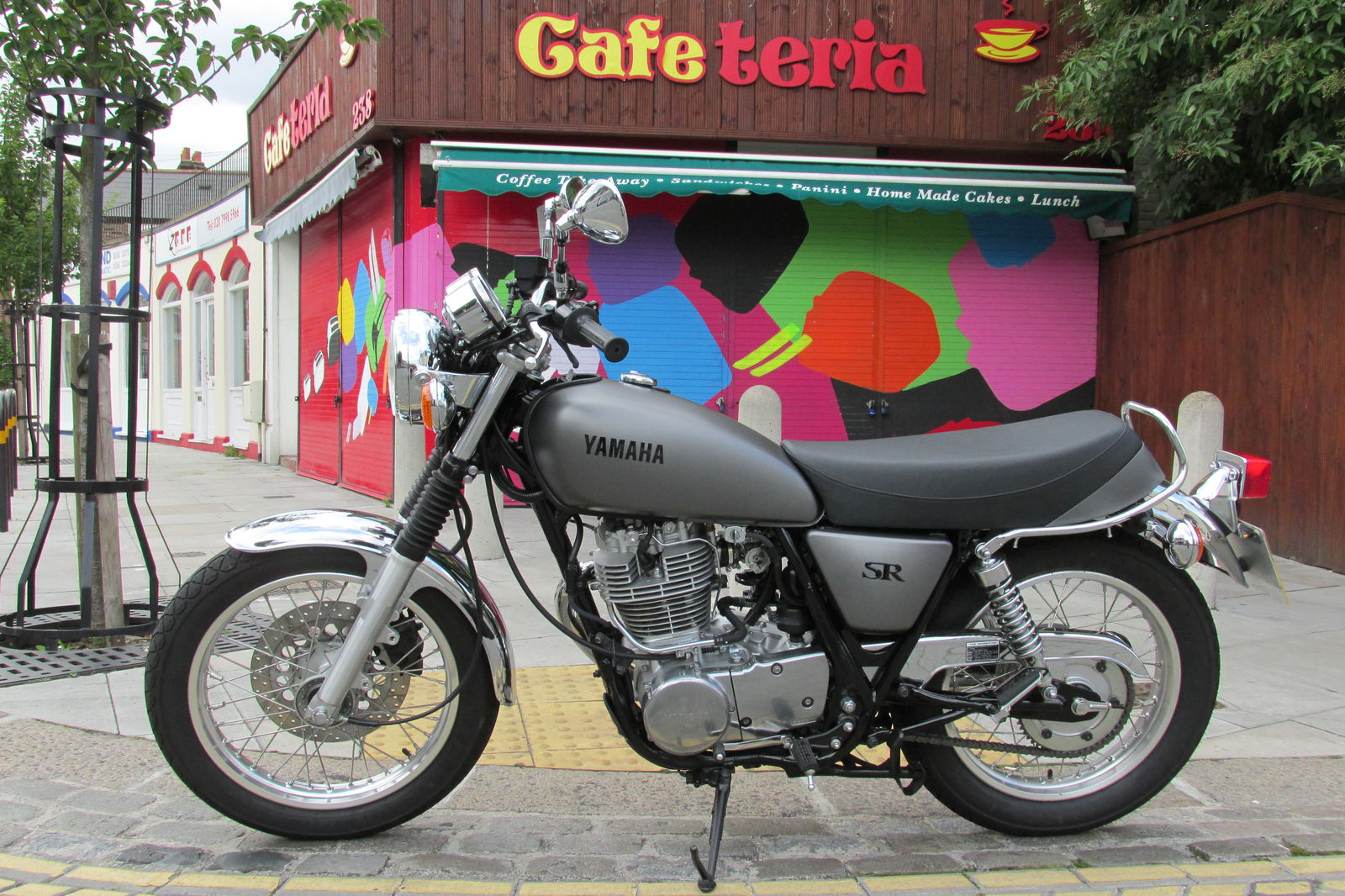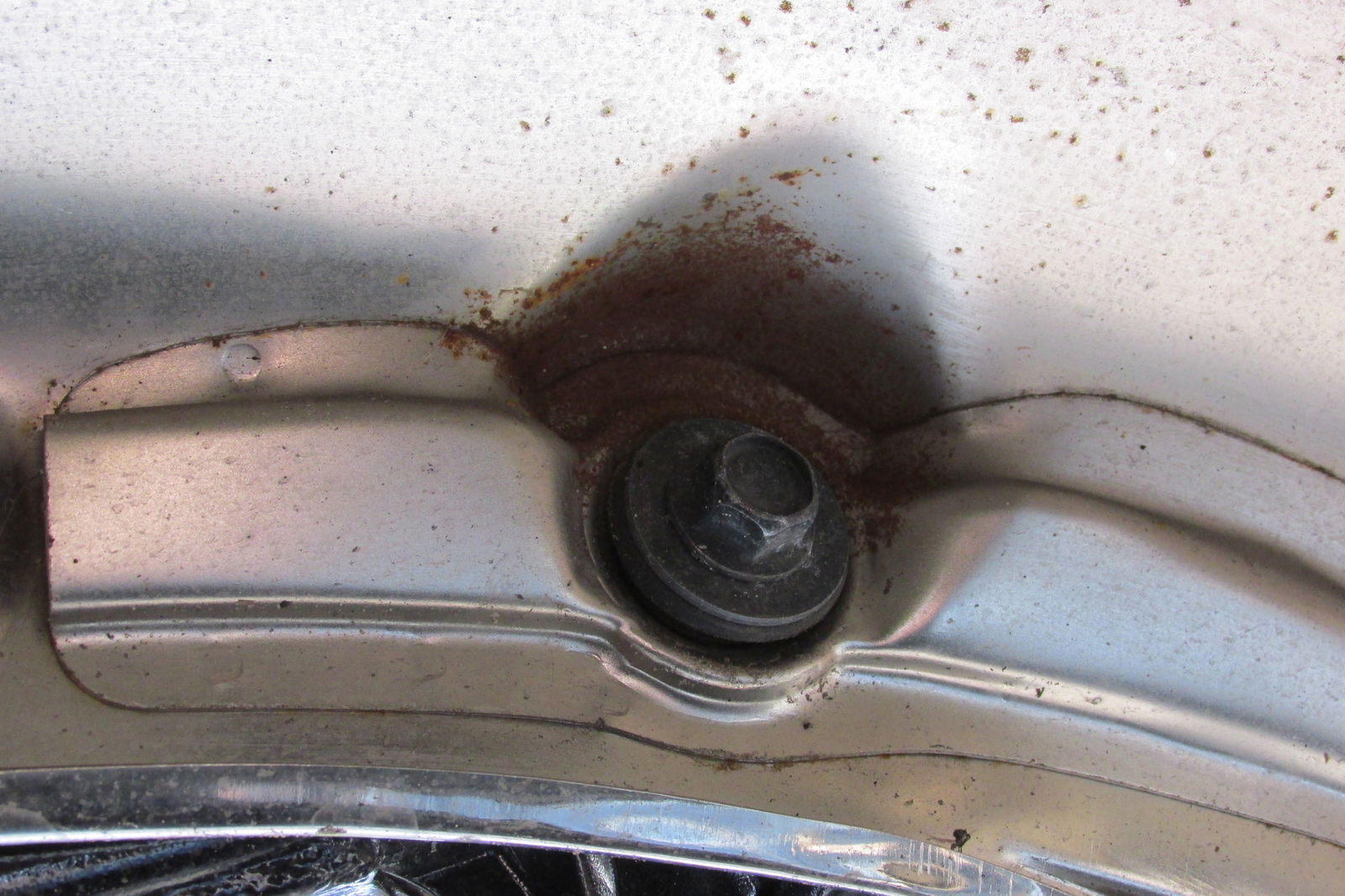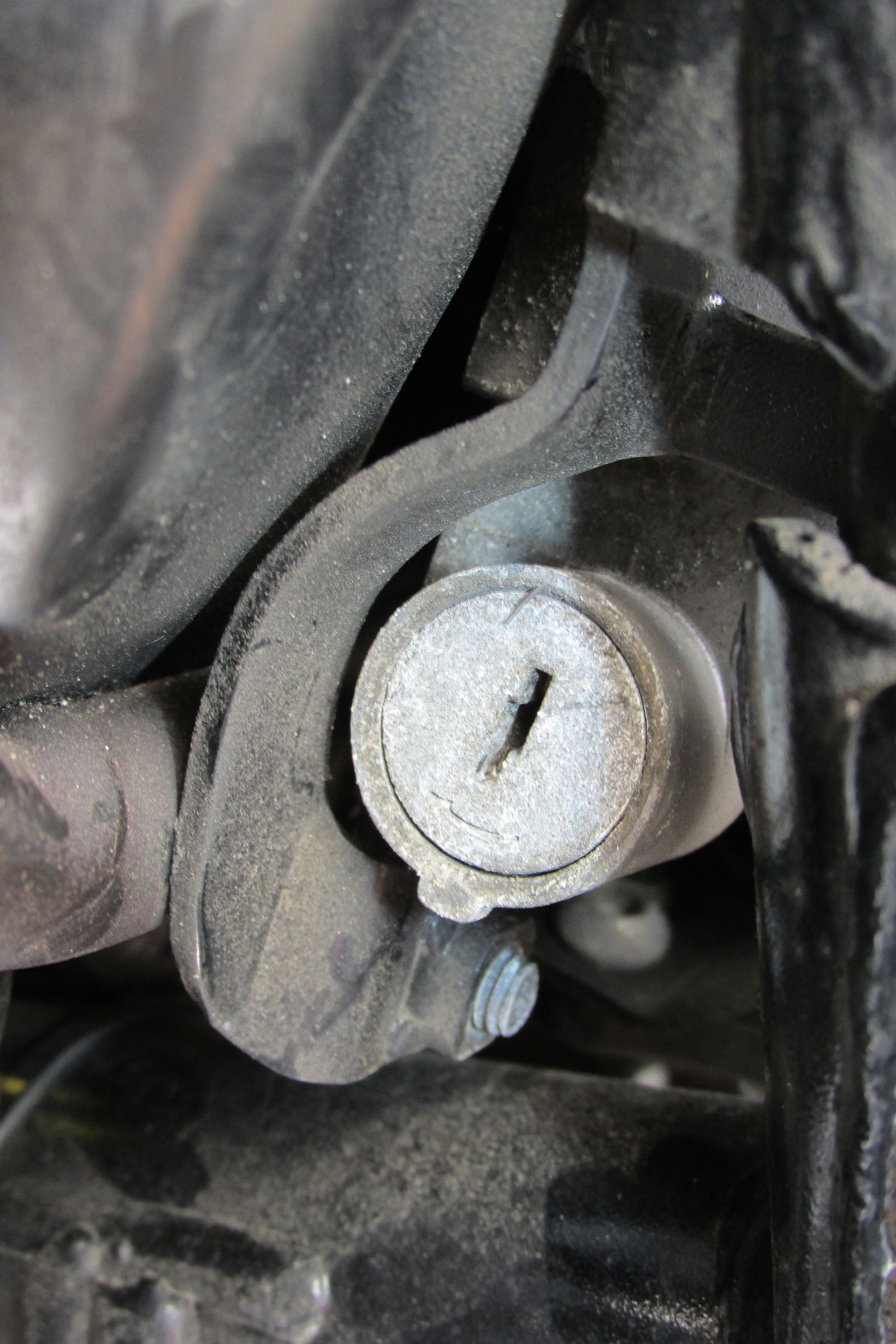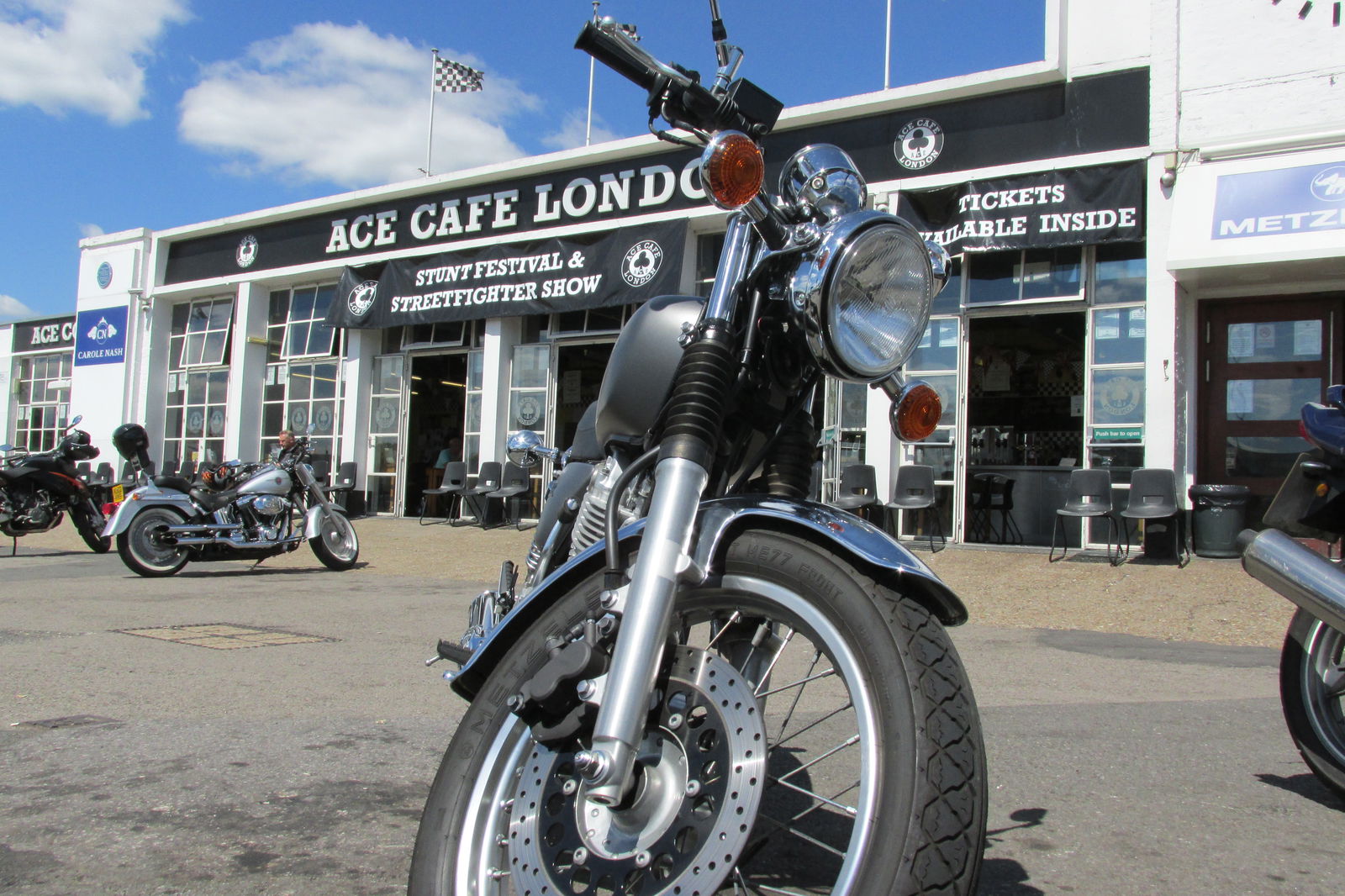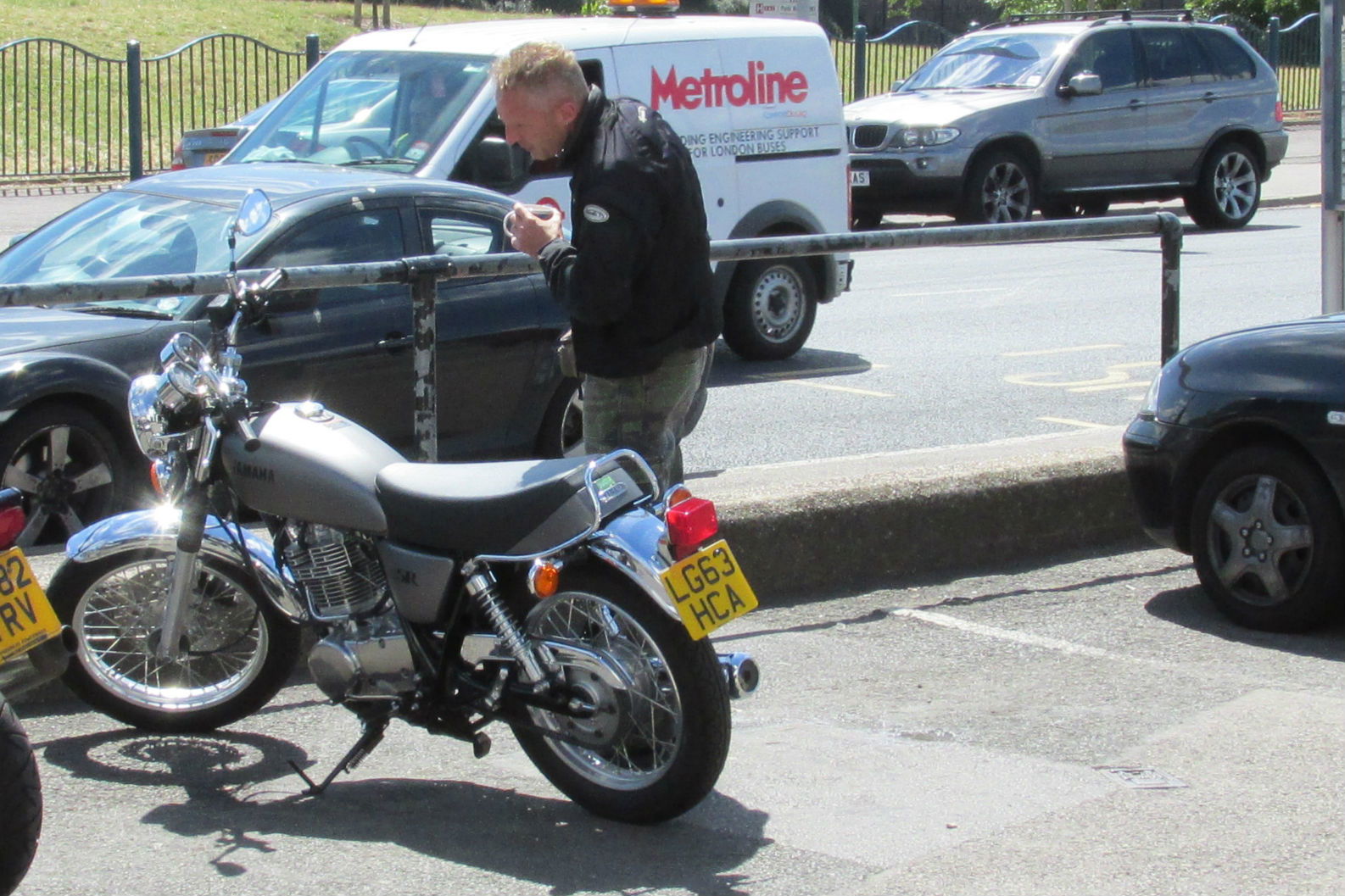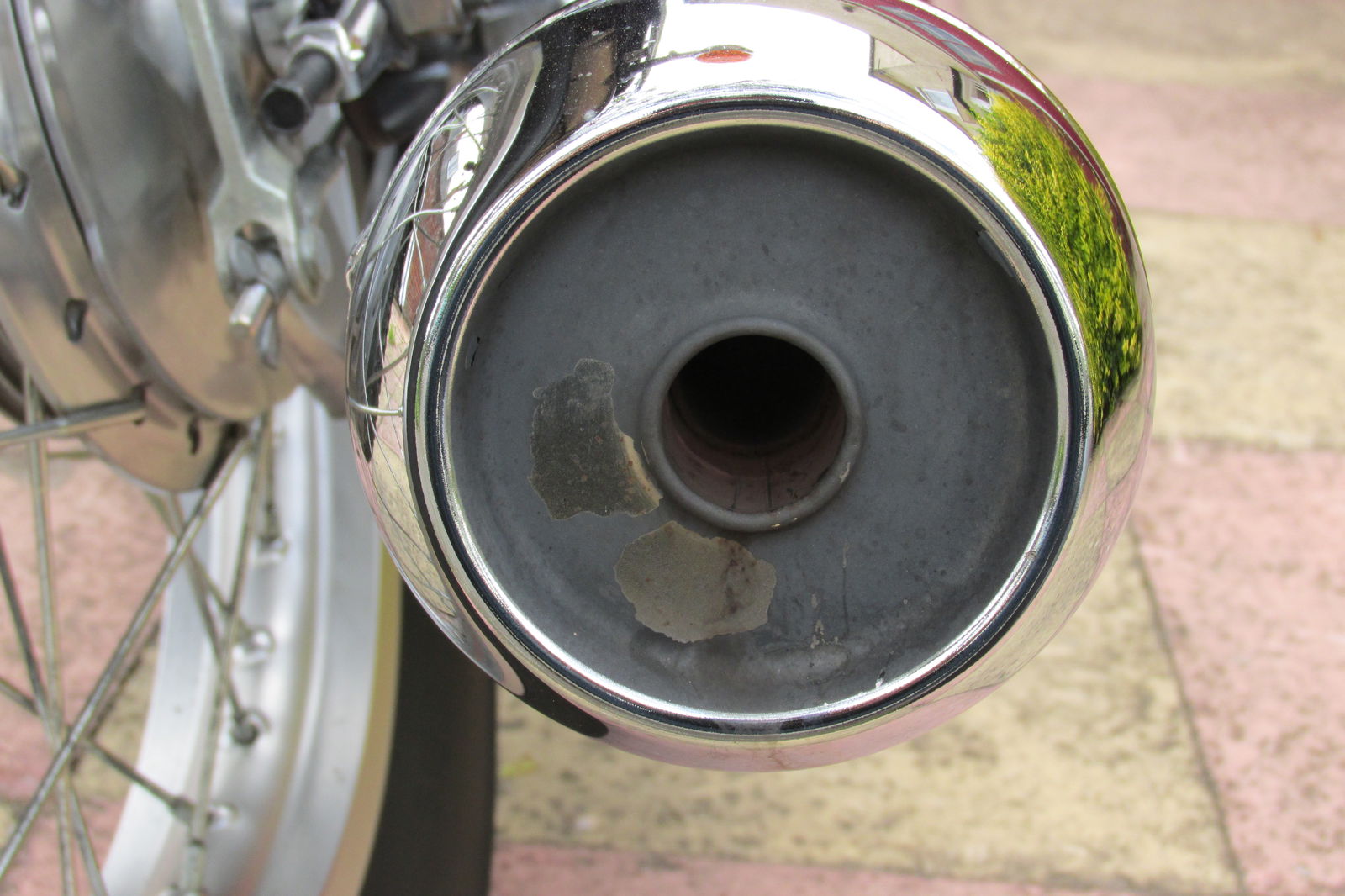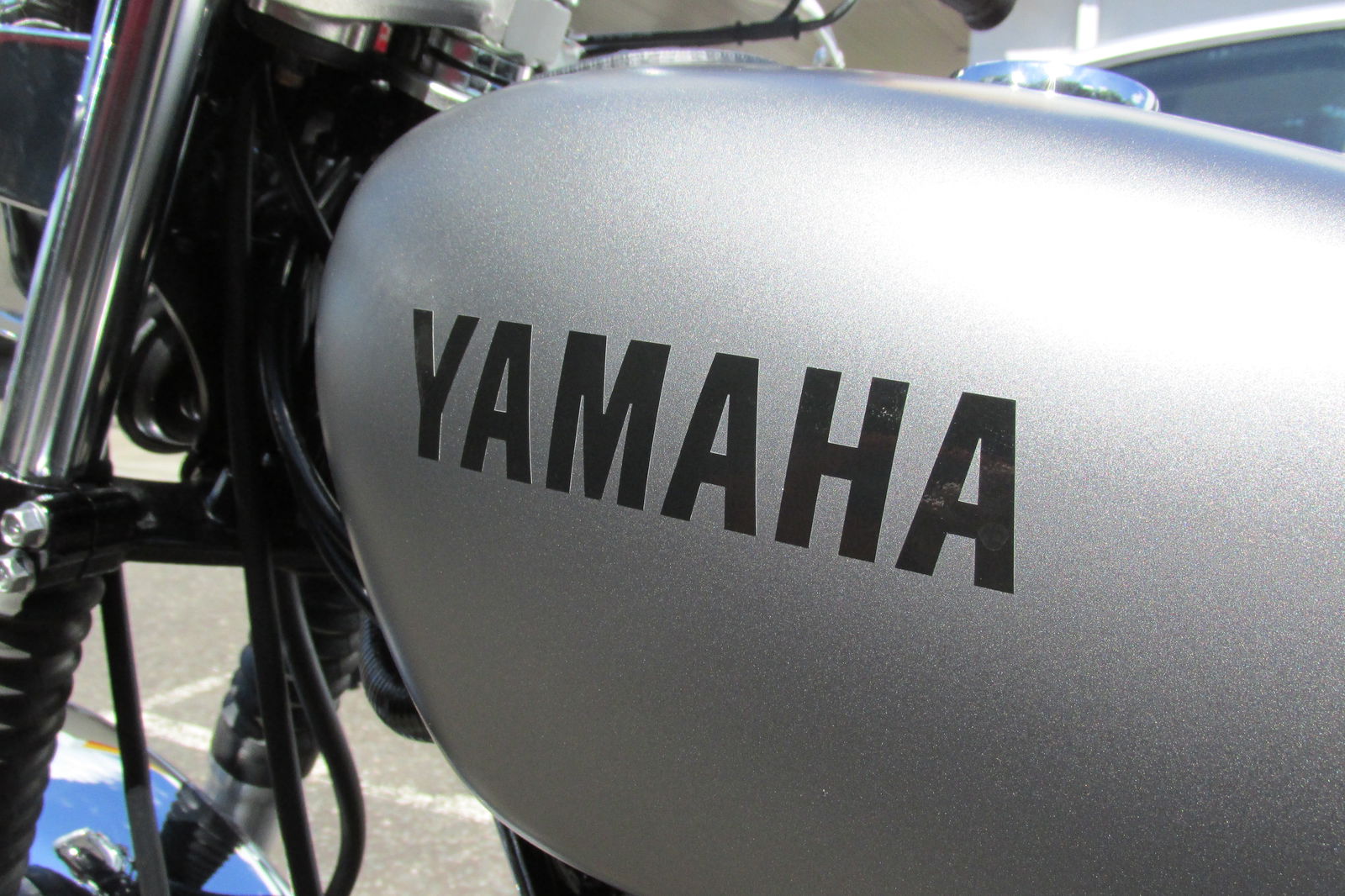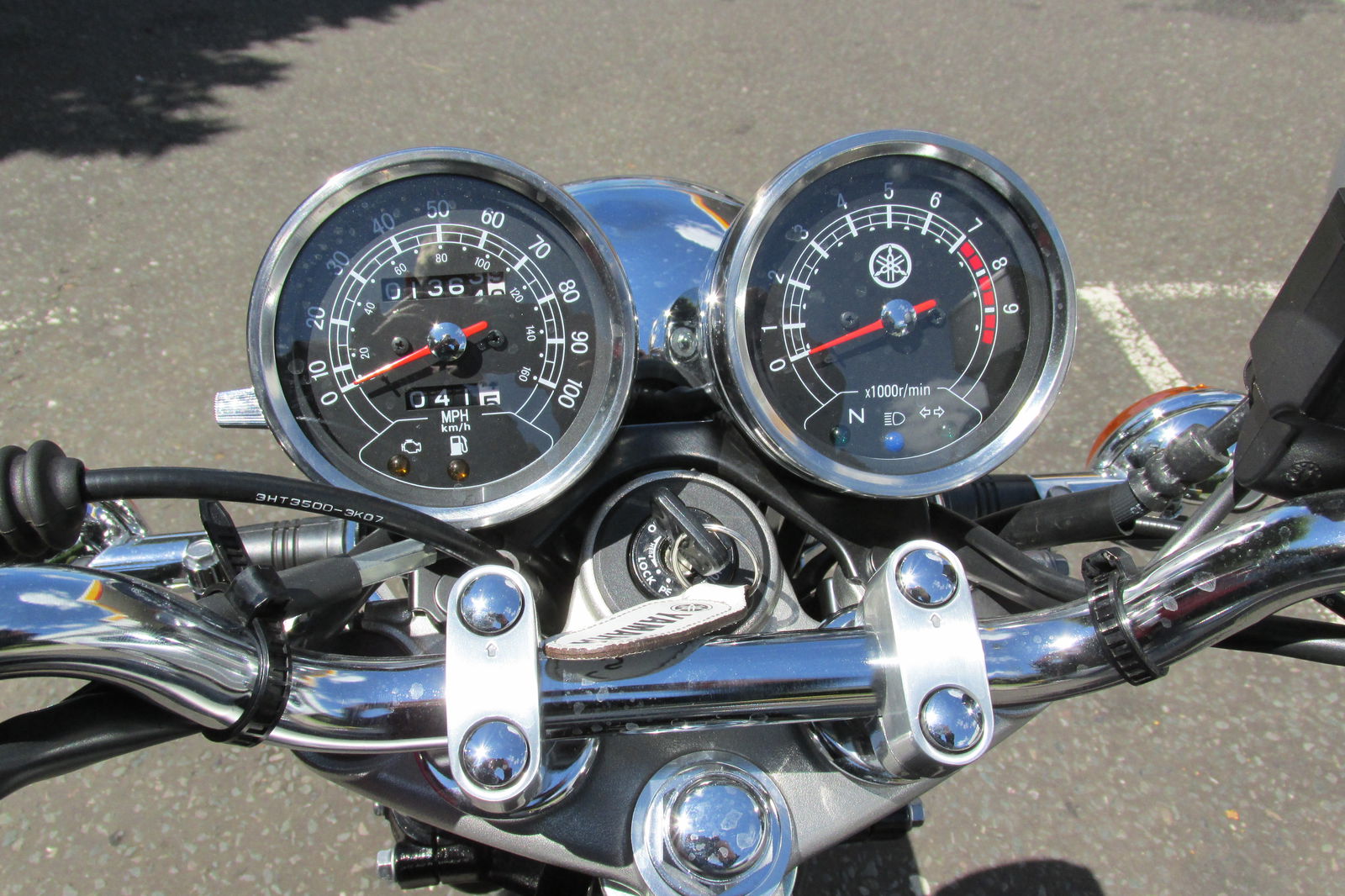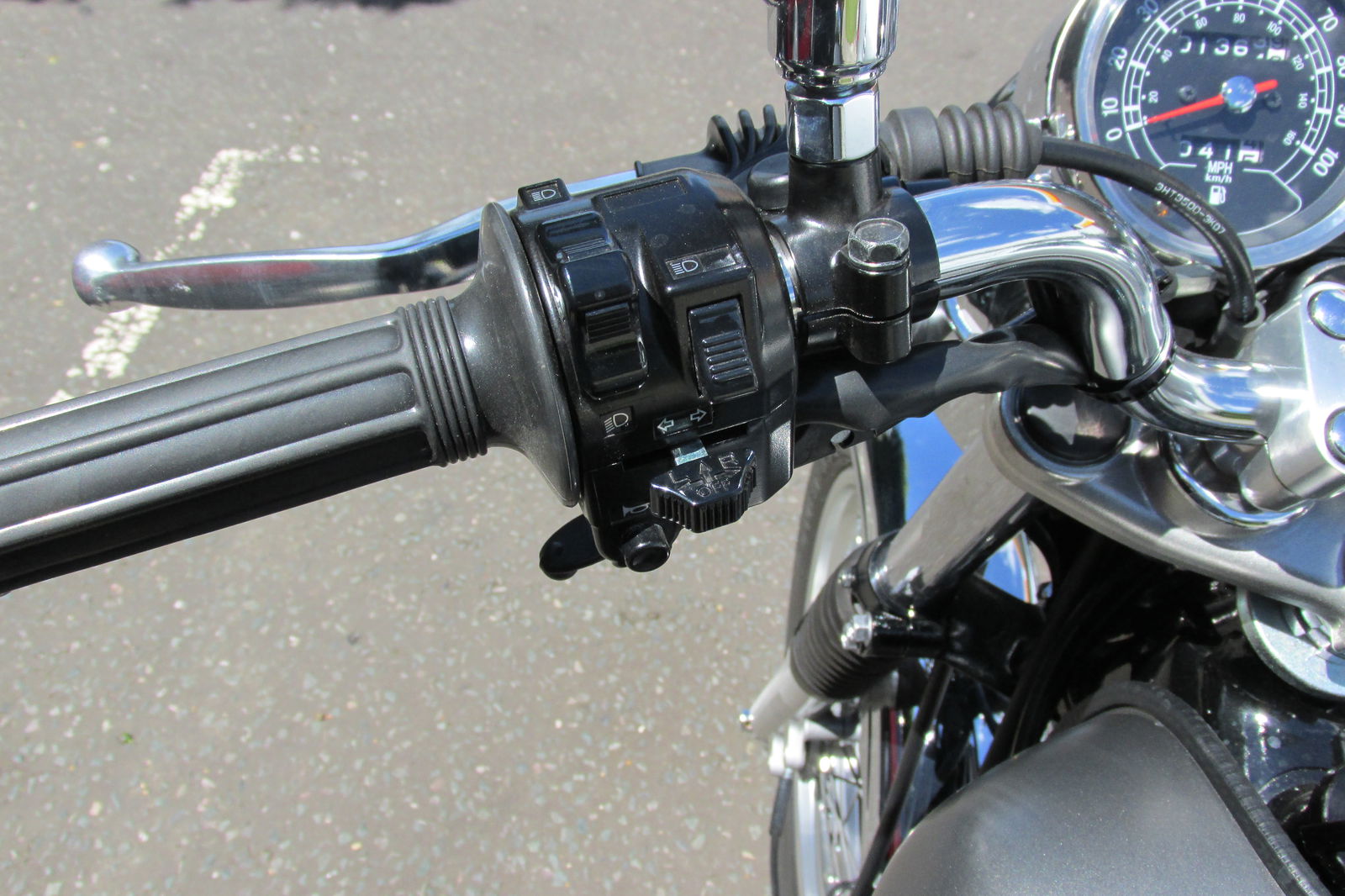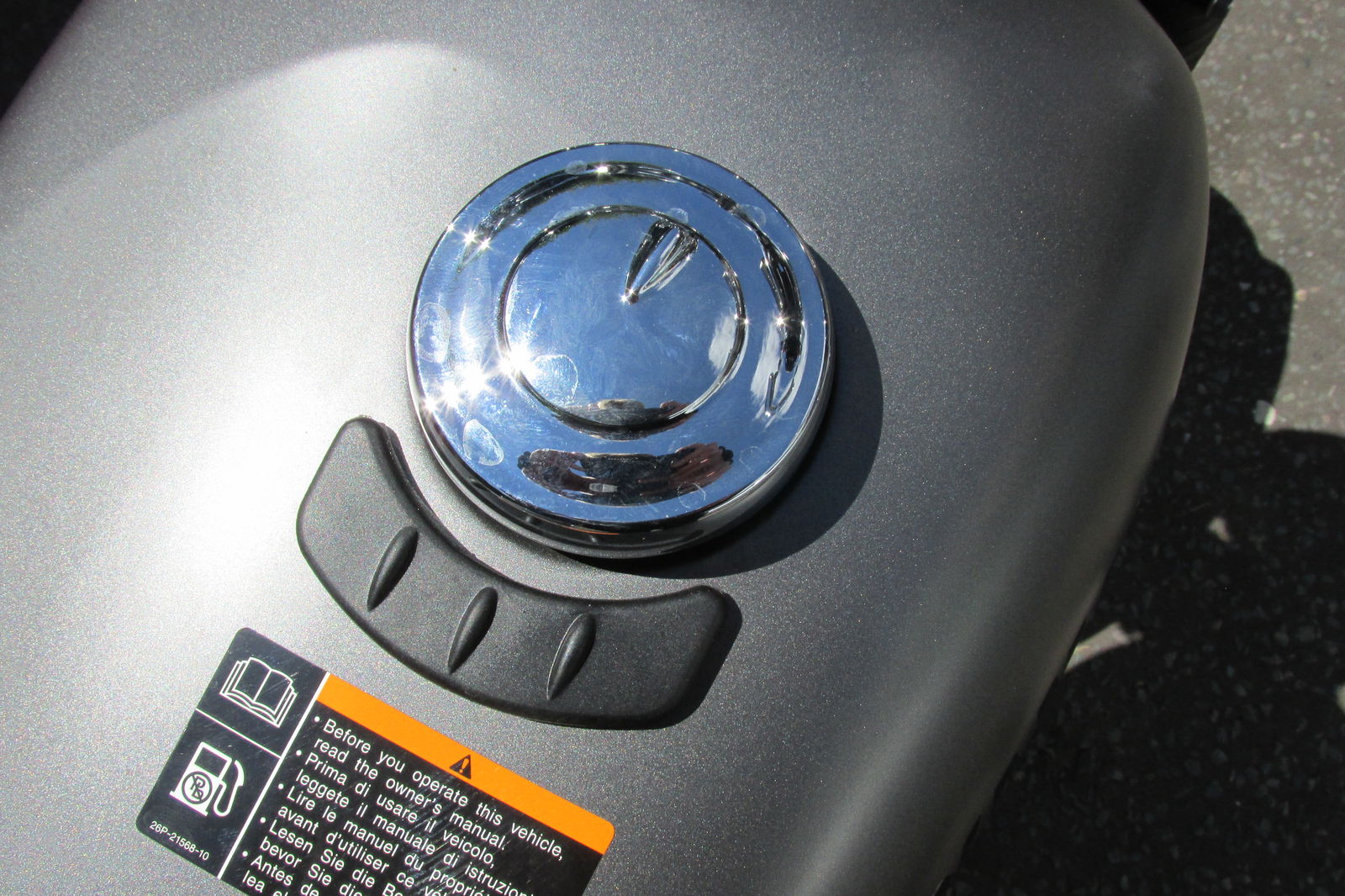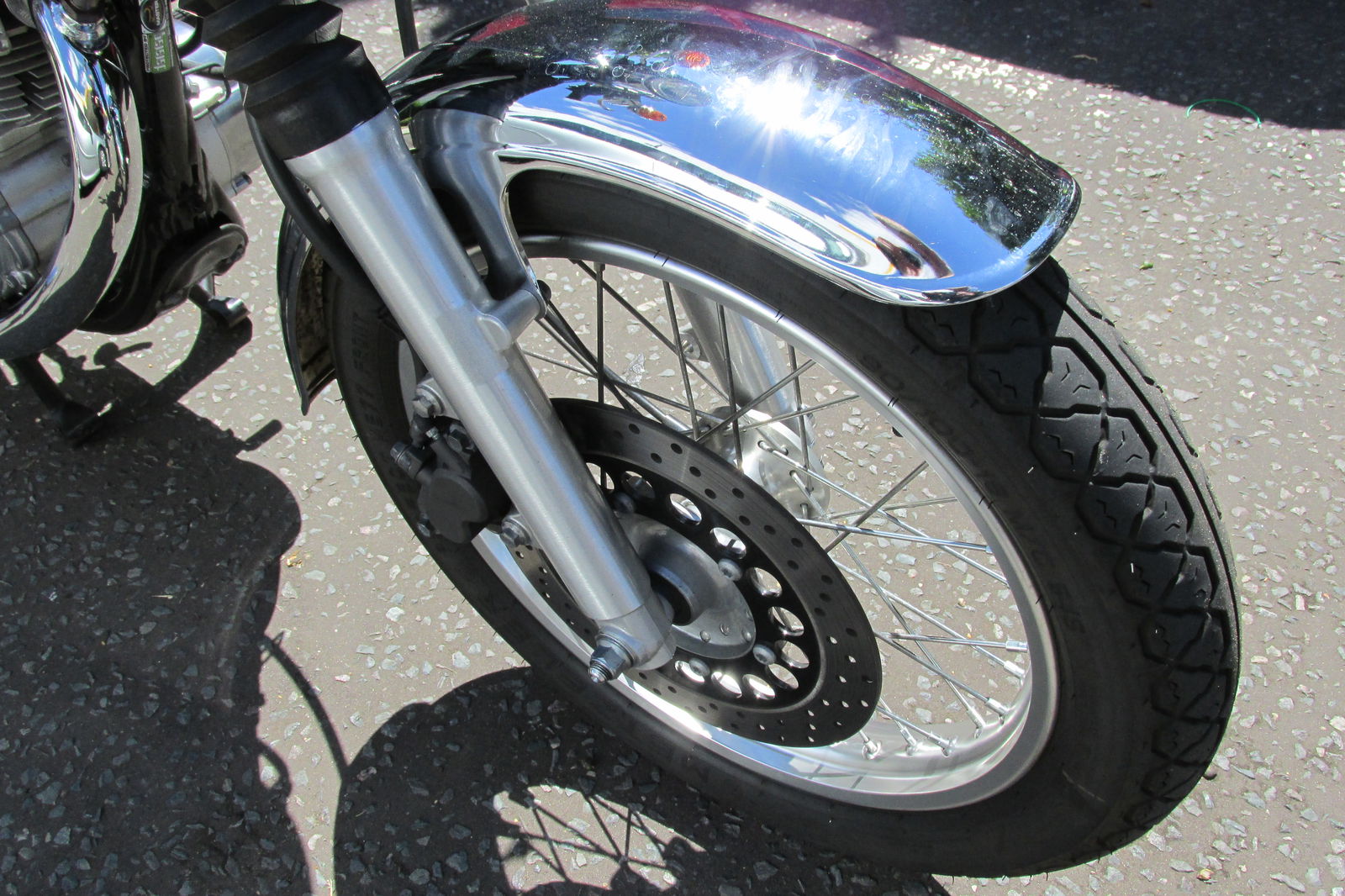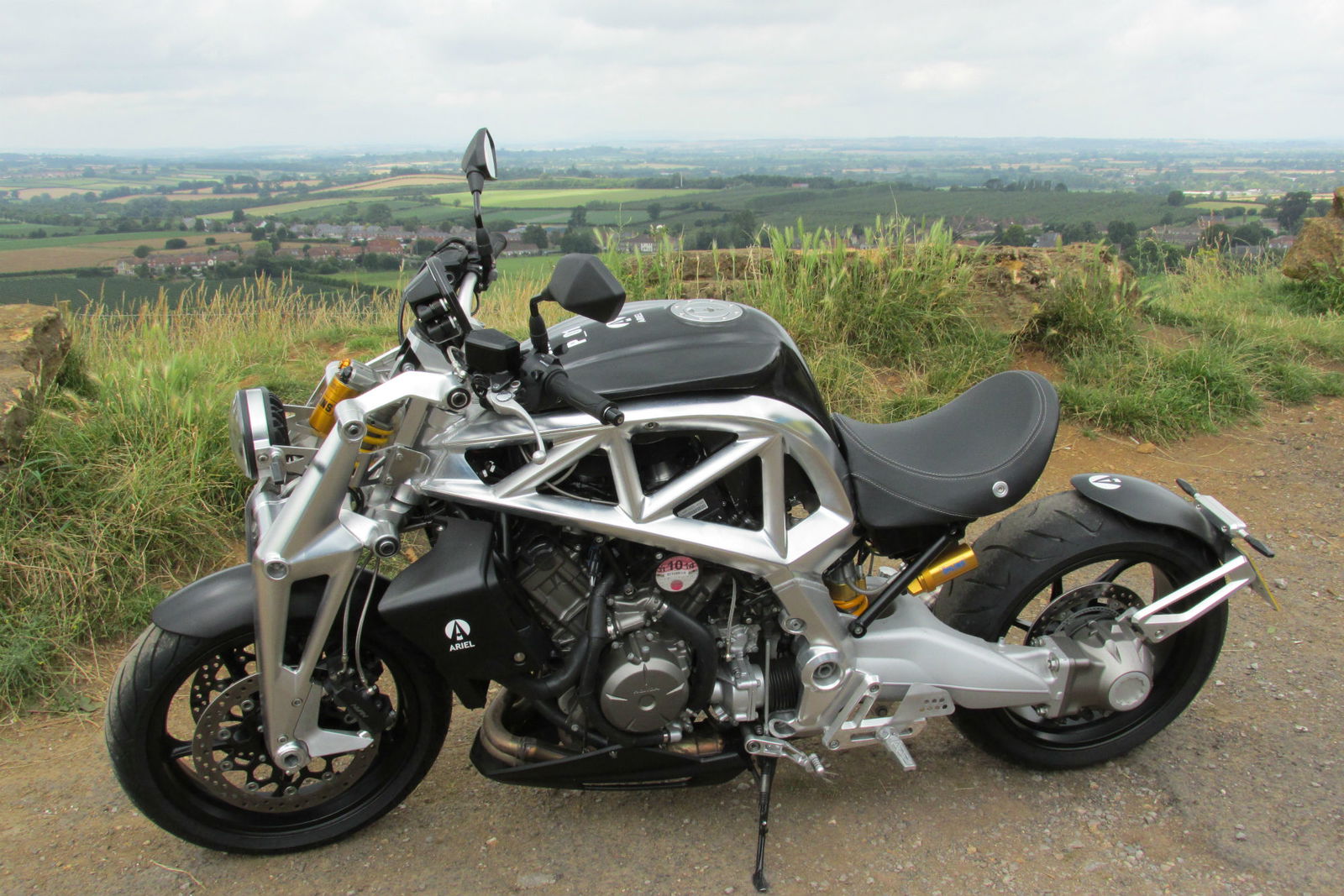First ride: Yamaha SR400 review
Yes, it’s very charming, but can that make this 23hp single worth £5,200?

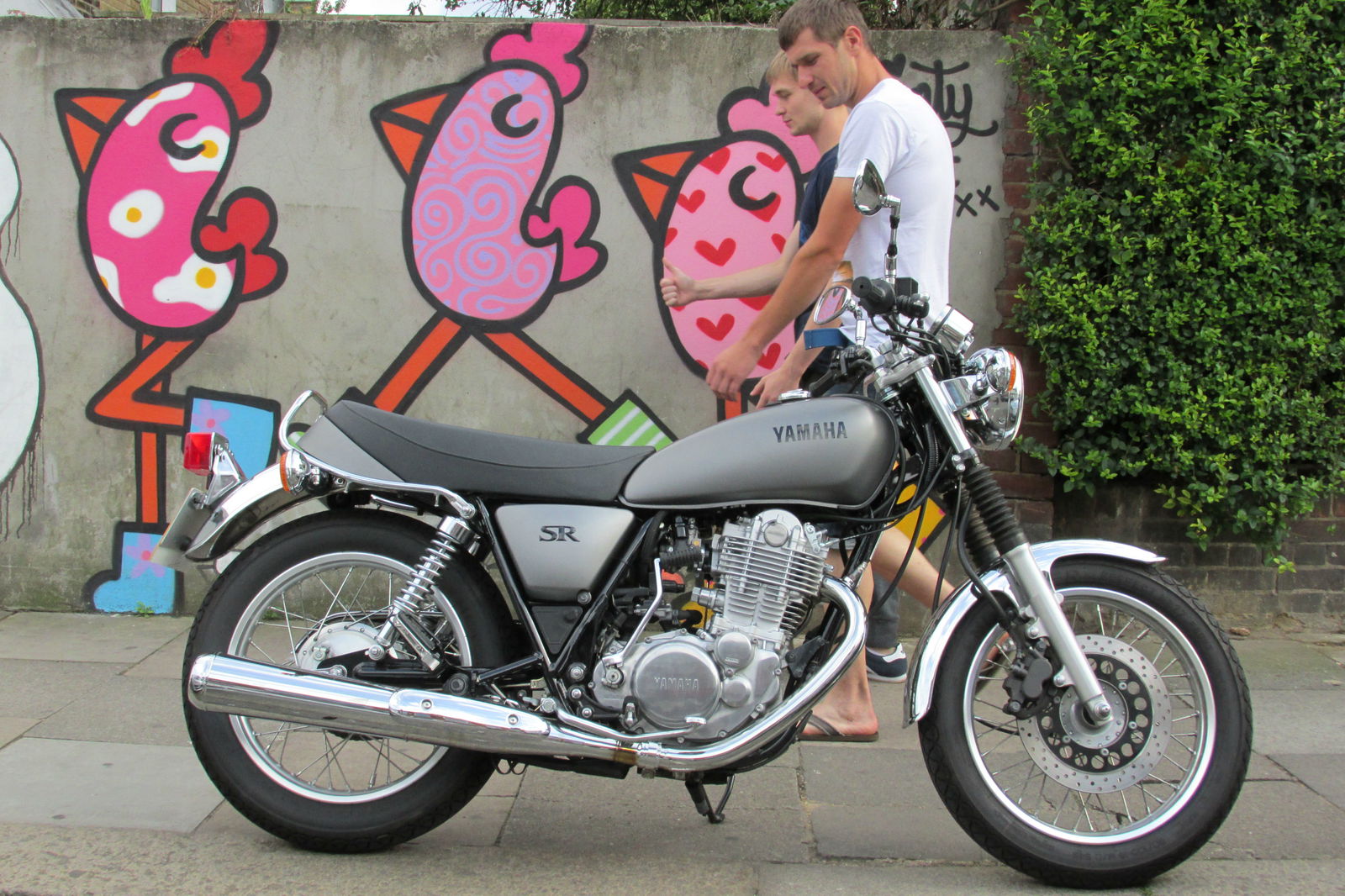
I LIKE an old bike, and I've owned a few over the years, but I tend to get fed up with throwing money and time into looking after them. If only it were possible to have an old bike with the reliability and dealer support of a new one.
It is, and you're looking at it. The single-cylinder air-cooled SR400 was introduced in Japan in 1978. Aside from a shorter piston stroke, it’s virtually identical to the SR500, also a 1978 model, which was an adaptation of the XT500 trailie (who says platform-sharing bikes are new?) given British-inspired road bike looks and ergonomics.
This year Yamaha quietly added the SR400 to its UK line-up in an apparent bid to tap into interest in traditional and retro-style bikes fuelled by the café racer scene. As if to confirm this, Yamaha is marketing it as 'built to customise' and has sponsored some 'yard-built specials' from some fashionable café racer types.
I say they 'quietly' introduced it because there was no opportunity for journalists to ride it at a press launch. The bike was just announced and then arrived in dealers. Yamaha seems to be relying on the charm of the model to sell it rather than reviews. If you don't see the charm, you don't see it. If you do, why run the risk of some journalists swaying you?
I do see it. The SR400 is like a so-called 'time-warp' classic. I could have been collecting a bike from a dealer in 1979 instead of 2014, if it weren't for the fuel injection and disc front brake (and all the sports bikes on the forecourt).
Almost every detail, from the chrome mudguards and 18-inch spoked wheels to the basic two-dial clocks and bar switches, looks authentically from the past.
The single-unit seat is removed by undoing two bolts, not by turning a key, and there's little reason to go under there anyway. There's no storage compartment there or anywhere else on the SR400 and the tool kit is behind a locking hatch just above the rider's foot peg on the right. Where are you supposed to put your disc lock? In the future. This is the ‘70s.
There's real chrome everywhere – on the headlamp and clocks, the mirrors and indicators. The only obvious bit of fake plastic chrome I found was the chain guard.
The tyres are skinny Metzeler Perfect ME77s with a tread pattern that takes me back to when Abba were in the charts.
And naturally there's no electric start. I'd been told this but had forgotten by the time I arrived to collect the bike, as if the information was too implausible to remember. I grew up with kick-start-only bikes but they were all two-strokes. 'I've never started a four-stroke kick-start before,' I admitted to the dealer, who, embarrassingly, did it for me.
Of course it's actually very easy. There's a little glass window on the right-hand side of the valve cover. Push the kick-start until you can see shiny metal in that window, and that means the piston is in the ideal position for starting. Apparently SR owners don't use the window once they've got the knack.
Then pull and release the decompression lever, and give the kick-start one healthy kick. Then repeat the process remembering to turn the ignition on. Then you're away. It starts first kick, luckily without the requirement of much brute strength.
It's part of the machine's appeal. Starting a bike like this should be complicated. As soon as I established it wasn’t difficult, which was almost immediately, I enjoyed the ritual, and the mechanical affinity it suggests to imagined bystanders.
Riding the SR is also like visiting times gone by. The single disc front brake and drum rear might be powerful by ‘70's standards but not today’s. They do the job of stopping you safely and not much besides.
The forks and twin shocks are adequate but soft, from a time when the main job of suspension was smoothing out bumps, not helping you explore the limits of traction. They work – the SR won't bottom out in a big pothole – but it's springy. An 11-stone rider sitting on the stationary SR is enough to cause compression at both ends. For less pre-load, go on a diet – the suspension is non-adjustable.
The engine makes a fairly featureless dollop of power spreading from 2,000rpm to the red line at 7,000rpm. That's because peak torque of 20.2lbft is way down at 3,000rpm and peak power, a modest 23.2hp, at 6.500rpm.
It's happiest and most likeable between about 3,000 and 5,000rpm. Higher up it protests with vibrations. Throughout much of the rev range there's an audible rattle, like the sound of a spokey dokey in a bicycle wheel.
That's at speeds up to about 40mph. Above that, the flicking sound is drowned out and the engine vibes no longer seem to match the natural frequency of the bike. Then exploring the higher revs is less troublesome and the SR accelerates amiably to motorway speeds.
It will sit fairly happily at an indicated 80mph, with the needle just below 6,000rpm, but won't go much faster. A decent two-stroke 125 would probably have the legs on it, as would a KTM Duke 200.
That doesn't matter. This isn't a bike for racing two-stroke 125s or Duke 200s. It's for getting about in a cheerful fug of nostalgia.
I don’t care about bobbers or café racers or yard-built specials, as I suspect many reading this won’t. I warmed to the SR400 for what it is: a basic, simple, unpretentious motorcycle. An archetypal motorcycle, the kind that would befit Wallace and Gromit, or a Hollywood director's vision of rural England.
The problem is the price. It costs £5,199 plus on-the-road charges. You could get a Yamaha MT-07 for only £150 more and a Suzuki SV650S for £200 less. I know those are very different machines but, to recommend the SR, I’d still like its price to reflect its position beneath them in the hierarchy of usefulness. Maybe the SR justified an average entry-level middleweight price in 1978. This is 2014, and entry-level middleweights have come a long way.
Perhaps you're paying for the nicely polished engine cases and all that chrome, but I'm also worried about some of that. The bike I rode had about 1,300 miles on the clock and rust was already making an appearance on the underside of the mudguards.
Other bits were already looking old. Not in a classic sense - just old. A lock on the left-hand side panel looked a shade furry, as did some bolts. A tiny bit of paint had flaked off the frame next to one of the seat bolts. What's it going to look like if you use it in winter?
I was disappointed to note that the 'Yamaha' on the tank is a sticker.
The SR is £200 more than the similarly old-fashioned, full-on-café-racer-styled Royal Enfield Continental GT, but that's probably overpriced too. Both need to be about £4,000 in order for their charm to outweigh their deficit of capability.
Whether you agree with regard to the SR will depend on just how charming you find it.
Model tested: Yamaha SR400
Price: £5,199 plus on-the-road charges
Power: 23.2hp @ 6,500rpm
Torque: 20.2lbft @ 3,000rpm
Wet weight: 174kg
Fuel economy (mix of town and motorway): 63.8mpg
Tank capacity: 12 litres
Seat height: 785mm
Colours: Matt grey, black
Availability: Now
